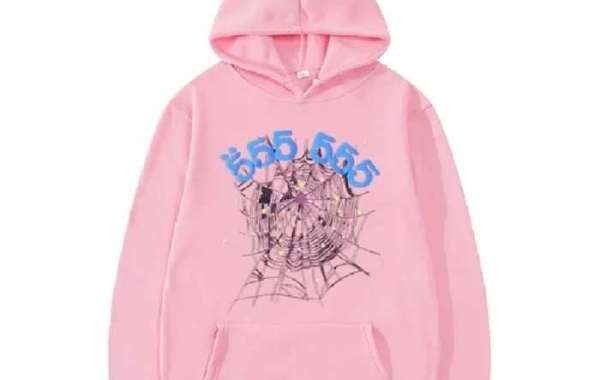Designing eye-catching custom soap packaging is a crucial step in making your product stand out in a crowded market. The right packaging can attract customers, convey your brand's message, and enhance the overall product experience. Here are essential steps and tips to help you design impactful custom soap packaging:
1. Understand Your Brand and Audience With Custom Soap Packaging
Before diving into design, it's important to have a clear understanding of your brand and target audience. Ask yourself:
- What are your brand values and message?
- Who are your ideal customers?
- What are their preferences and buying behaviors?
For instance, if your brand focuses on natural, organic ingredients, your packaging should reflect this through earthy colors and sustainable materials. If your audience is young and trendy, bold colors and modern designs might be more appealing.
2. Choose the Right Packaging Materials
Selecting the right materials is critical for both functionality and aesthetics. Consider the following options:
- Cardboard and Paper: Versatile and eco-friendly, suitable for boxes and wraps.
- Glass: Luxurious and recyclable, ideal for premium soaps.
- Plastic: Durable and water-resistant, though less eco-friendly.
- Metal: Unique and sturdy, perfect for special editions or gift sets.
Eco-friendly materials are increasingly popular, appealing to environmentally conscious consumers and enhancing your brand's image.
3. Focus on Design Elements
Several key design elements contribute to eye-catching packaging:
Color Scheme
Colors evoke emotions and play a significant role in attracting attention. Choose a color scheme that aligns with your brand and appeals to your target audience. For example, natural brands might use greens and browns, while a luxury brand might opt for gold and black.
Typography
The font style you choose should be readable and match your brand’s tone. A playful, handwritten font may work for a handmade soap brand, while a sleek, modern font is better for a high-end product.
Imagery and Graphics
Use high-quality images and graphics that relate to your soap. This could include illustrations of ingredients, abstract designs, or lifestyle images. Ensure that these visuals are clear and complement the overall design.
Branding Elements
Incorporate your logo, brand name, and any slogans or taglines prominently. Consistent branding helps in building recognition and trust.
4. Highlight Key Information
Your packaging should provide essential information clearly and concisely:
- Product Name: Make it prominent and easy to read.
- Ingredients: List all ingredients, especially if your soap is natural or hypoallergenic.
- Benefits: Highlight the unique benefits of your soap, such as moisturizing, exfoliating, or scented.
- Usage Instructions: Provide clear instructions if necessary.
- Brand Story: Share a brief story about your brand or the inspiration behind the product.
5. Consider Shape and Size
The shape and size of your packaging can make a big difference in how it stands out on the shelf. Think beyond the traditional rectangular box. Unique shapes, such as hexagons, ovals, or custom die-cuts, can catch the eye. However, ensure that the packaging is practical and protects the soap effectively.
6. Add Functional Features
Incorporating functional features can enhance the customer experience. For instance:
- Window Cutouts: Allow customers to see and smell the soap without opening the package.
- Resealable Bags: Useful for maintaining the soap’s freshness.
- Multi-Use Packaging: Boxes that can be repurposed as storage containers or soap dishes add value.
7. Prototype and Test
Before finalizing your design, create prototypes to test the look and functionality of the packaging. Gather feedback from potential customers to see if the packaging meets their expectations and stands out as intended. This can help you make necessary adjustments before mass production.
8. Stay Updated with Trends
Packaging trends evolve, so it's important to stay informed about the latest design and material trends. This can help you keep your packaging fresh and relevant. For example, minimalist designs, eco-friendly materials, and interactive packaging elements are currently popular.
Conclusion
Designing eye-catching custom soap packaging involves a careful balance of creativity, functionality, and brand alignment. By understanding your audience, choosing the right materials, focusing on key design elements, and incorporating unique features, you can create packaging that not only protects your product but also enhances its appeal. Prototyping and staying updated with trends will ensure your packaging remains effective and attractive in the ever-changing market. With thoughtful design, your soap packaging can become a powerful tool in building brand recognition and driving sales.







